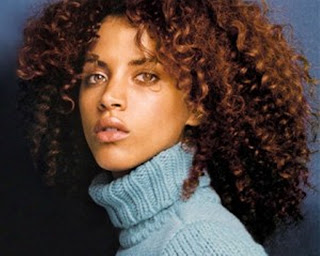Madagascar, officially the Republic of Madagascar and previously known as the Malagasy Republic, is an island country in the Indian Ocean, off the southeastern coast of Africa. The nation comprises the island of Madagascar (the fourth-largest island in the world), as well as numerous smaller peripheral islands.
Consequently, Madagascar is a biodiversity hotspot; over 90 percent of its wildlife is found nowhere else on Earth.
Ethnic diversity
Main article: Ethnic groups of Madagascar
The number of ethnic groups of Madagascar has long been a point of contention and debate. The island of Madagascar is predominantly populated by people broadly classified as belonging to the broader Malagasy ethnic identity. This group is further sub-divided into 18 or more ethnic groups, although divisions are commonly based more on cultural or political factors than actual physiological distinctions. In addition, communities of Indians and Arabs have long been established on the island and have assimilated into local communities to varying degrees, in some places having long since become identified "Malagasy" ethnic groups, and in others maintaining distinct identities and cultural separation. More recent arrivals include Europeans and Chinese immigrants.
Recent DNA research revealed that the genetic makeup of the average Malagasy person constitutes an approximately equal blend of Austronesian and Bantu genes,although the genetics of some communities show a predominance of Austronesian or Bantu origins or some Arab, Indian or European ancestry. Austronesian origins are most predominant among the Merina of the central highlands, who form the largest Malagasy ethnic sub-group at approximately 26 percent of the population, while certain communities among the coastal peoples (collectively called côtiers) have relatively stronger Bantu origins. The largest coastal ethnic sub-groups are the Betsimisaraka and the Tsimihety and Sakalava.
Consequently, Madagascar is a biodiversity hotspot; over 90 percent of its wildlife is found nowhere else on Earth.
Ethnic diversity
Main article: Ethnic groups of Madagascar
The number of ethnic groups of Madagascar has long been a point of contention and debate. The island of Madagascar is predominantly populated by people broadly classified as belonging to the broader Malagasy ethnic identity. This group is further sub-divided into 18 or more ethnic groups, although divisions are commonly based more on cultural or political factors than actual physiological distinctions. In addition, communities of Indians and Arabs have long been established on the island and have assimilated into local communities to varying degrees, in some places having long since become identified "Malagasy" ethnic groups, and in others maintaining distinct identities and cultural separation. More recent arrivals include Europeans and Chinese immigrants.
Tribal Art
Recent DNA research revealed that the genetic makeup of the average Malagasy person constitutes an approximately equal blend of Austronesian and Bantu genes,although the genetics of some communities show a predominance of Austronesian or Bantu origins or some Arab, Indian or European ancestry. Austronesian origins are most predominant among the Merina of the central highlands, who form the largest Malagasy ethnic sub-group at approximately 26 percent of the population, while certain communities among the coastal peoples (collectively called côtiers) have relatively stronger Bantu origins. The largest coastal ethnic sub-groups are the Betsimisaraka and the Tsimihety and Sakalava.
Noemie Lenoir
Date of Birth
19 September 1979, Versailles, Yvelines, France
Height
5.10
Trivia
Is a famous French model.
Both her parents are French, her father being from metropolitan France and her mother from La Réunion; she is of Malagasy descent.
Deaf, Waardenburg Syndrome










0 comments:
Post a Comment